Think Gazette
- Jennifer Ng

- Jul 10, 2021
- 4 min read
Updated: Jul 12, 2021

Message from the Chief Principal
Storytelling is a language-rich activity that helps children develop their minds and exposing children to it starting at an early age would benefit them greatly. As soon as children start to understand instructions from adults, they can be introduced to the 6W's of investigation. Starting with the first three W's, who, where, what, which represent the basic information of a story; and then later on the other three Ws, when, why and how, to fully grasp knowledge of the whole situation. If children are exposed to the six W's at an early age, they will develop an inquiry mind better, and therefore lead an inquiry life.

Storytelling is fun and enjoyable. However, very often in outside settings, children are asked to tell a story as part of an assessment or interviewing process which could make the child feel anxious or uncomfortable. While It is very normal for even a highly capable child to get nervous under the circumstances, storytelling is something every child can learn to do well with practice. You can use the 6W's to set up contexts that are familiar to the child or topics related to happy experiences, and develop stories from the child's spontaneous and natural responses. Try to avoid questions that are contrived and unrelated to the child's experiences or knowledge, as they may cause stress to the child for having to come up with untrue and unnatural responses.
Scheduling some quality time to do storytelling with your child is very important. However, with our busy work life and daily tasks, it may become difficult to find time for storytelling; you may be too busy that you either have no time for it or story time becomes just a quick routine. But always remember that if you are excited about a story, so will your child. We therefore share the following article with you, to help you better prepare storytelling sessions, and make them a fun experience with your child. Hope you will like it. It is suitable for all families in Lower Nursery, Upper Nursery, and of course, Lower and Upper Kindergarten.
At Think International, we work with children to enhance their motivation, confidence and creativity. You can do the same. Make storytelling a happy, creative experience for your child. Stay calm and enjoy the process of storytelling. Good luck and have fun!
Lily Choy, Chief Principal
Campus Activities:
Sharing Corner
Helping Children Develop Storytelling Skills
Using stories as a vehicle for learning is a fun-filled and non-pressure way to activate children’s cognitive processes while engaging their oral language to interact with an audience for communicating specific contents and plots. Listening to stories is enjoyable, and it is equally fun for children to tell them in their own words. In fact, stories are very often told and retold by children for fun and self-consolidation in the learning process.

Storytelling exercises children's mental muscles as it requires children to remember, recall, sequence and make sense of the story events before turning them into clear, well-understood speech. In addition, it provides children with the opportunity to gain insights into a world of different thoughts and emotions other than ones they experience in their own lived reality. It allows them to imagine, fantasize and create an experience alongside the characters to whom children can relate their own experiences.

Children can tell spontaneous nonchalant stories for fun and enjoyment; but they can also tell well-planned, structured stories for academic and language enhancement purposes. For whatever the reason, there are things adults can do to facilitate their storytelling skills development.
The following are some tips for you to try with your child at home:
1. Choosing a story
Your child needs to have a story in mind. It could be a story from one of the favorite books, or it could be one that your child has heard before and wish to retell; it could even be an original one that is created from scratch. The story structure should be clear, with a beginning, middle and ending, filled with one or two simple twists and turns. It would be good if the story carries a positive message so that your child can identify opportunities to relate the plot, characters and context to the child's own developing social and emotional self, through ways in which the child's self-image and confidence can be enlightened.
2. Storytelling method
A good grasp of the plot and its story development would facilitate the process of storytelling. Children can learn the story elements, such as its main characters, setting, the problem and solution the characters experience, and discuss the plot from the perspective of the fictional characters so as to allow room for children's interpretation of story events. Choose some props, such as hand puppets, stick puppets, picture cards or realias, to help make the storytelling process more engaging for the audience and come alive as the story events are being unfold.

3. Skills to try out when presenting the story to an audience
Language: Try to encourage your child to speak in complete sentences. Your child’s speech does not need to be complicated; short simple sentences will be just as effective as long as the messages are conveyed clearly and well-understood by the audience. It helps to practise the narration for telling the story and the dialogues for the characters with different facial expressions, voices and ways of vocal projection. For example, you can prompt your child to think about the emotions of a hungry giant and how that hunger may affect the way the giant looks and sounds in the situation.
Engaging the audience: Establishing eye contact with the listeners and keeping a smile on the face throughout the process of storytelling are ways for the storyteller to show sincerity and friendliness. It is helpful if the storyline can set in some opportunities for your child to interact with the audience by asking questions, requesting help, contributing ideas or inviting for the audience to chime in saying repetitive lines. Your child can also create suspense by pausing, or hiding props for the audience to make guesses and predictions.
Sound effects: Your child make use of sounds created by props, play recorded music before, during or after the story to create and sustain emotions, or even sing a song to help strengthen the bond between the characters and the audience.

































































































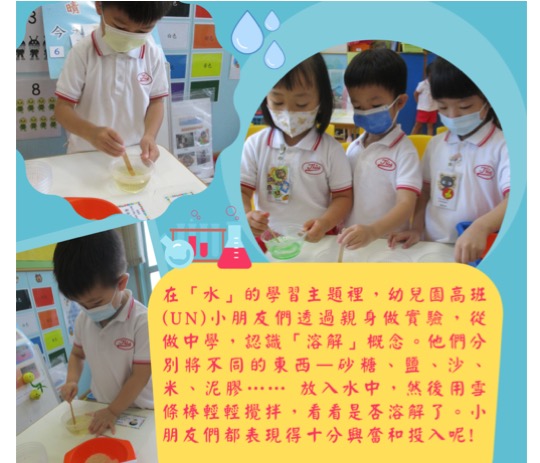

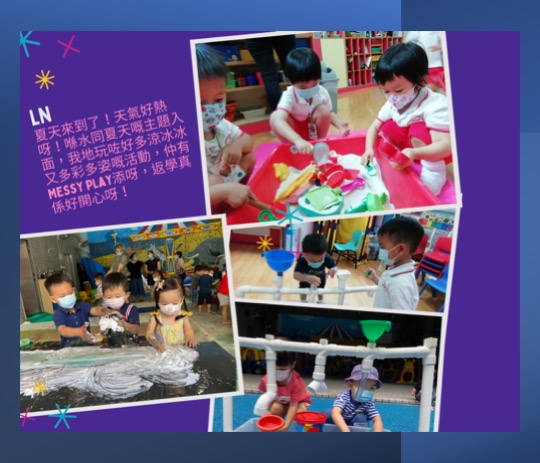

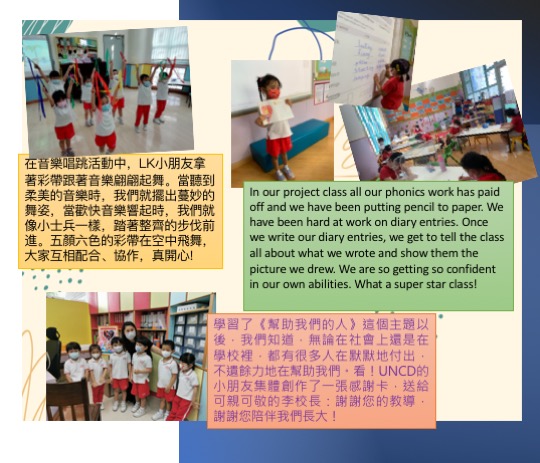

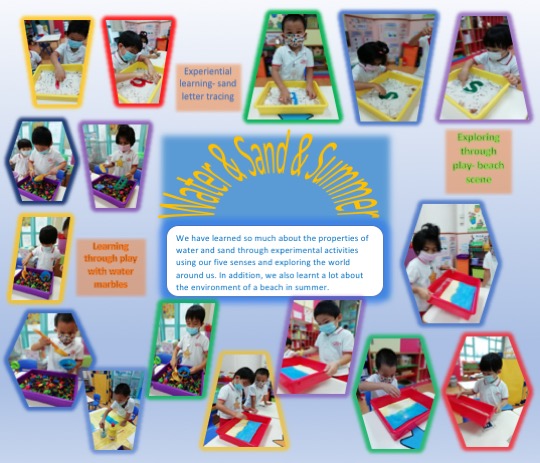

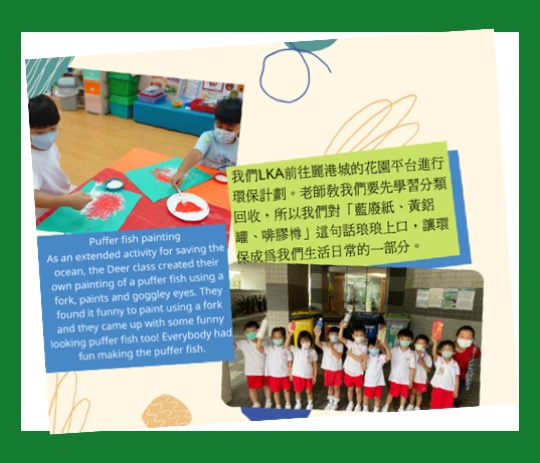

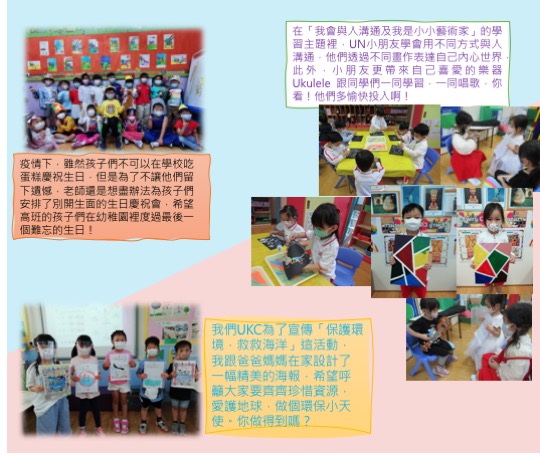

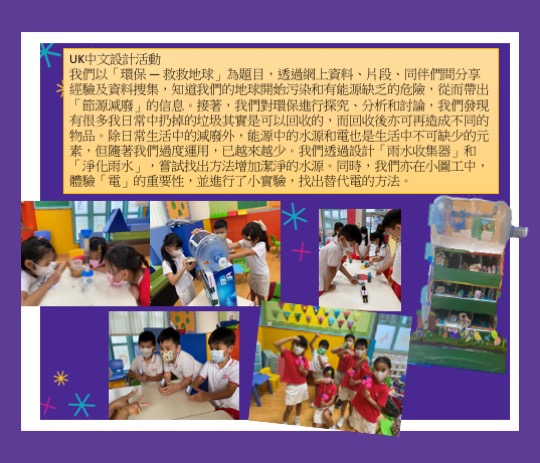





























Comments